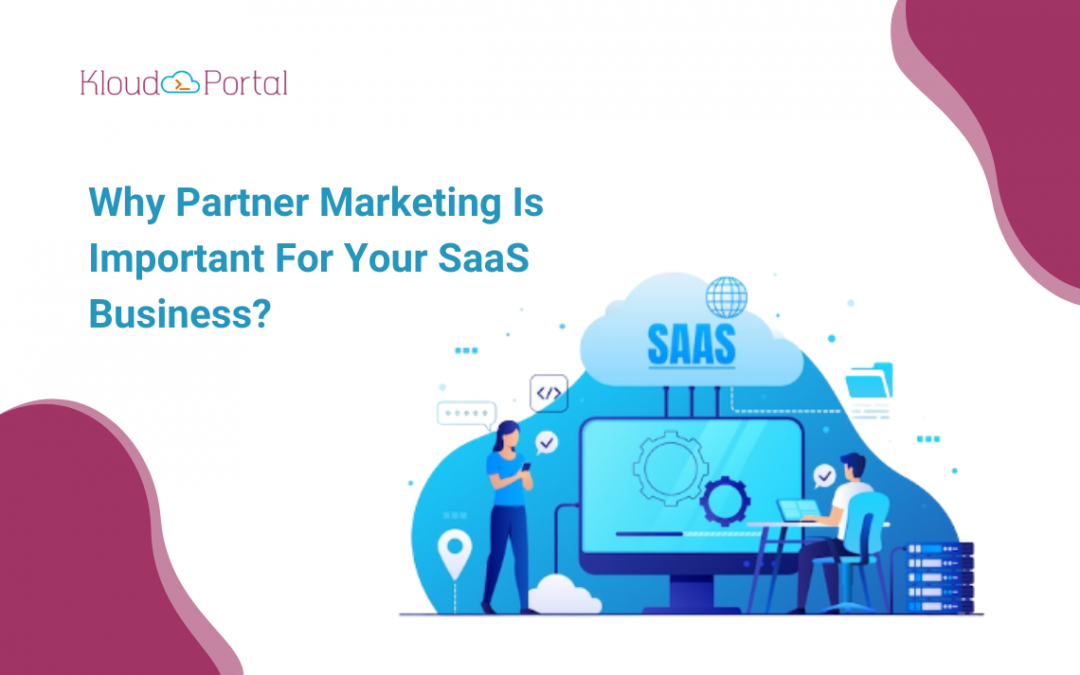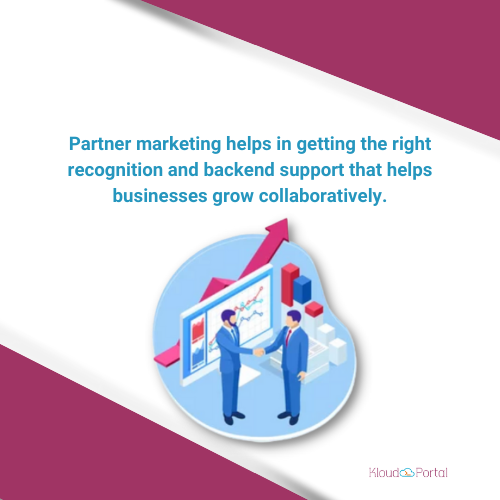
Maximizing ROI With SaaS: Strategies For Success
What We Cover In This Blog?
SaaS Marketing
Software as a Service (SaaS) is an approach to distributing software content online, where service providers maintain a number of servers and databases as source code for web applications that users of connected devices can access.
As most SaaS are web-based applications, it brings the product of the firm’s workflow onto the screen of users’ desktops or mobile phones. These apps are also cloud-based, thus, are accessible from anywhere, secure, cost-effective, easy to deploy, and scalable. Any software that is web-based or available on demand is a SaaS application offered by the SaaS vendor.
According to studies, the global SaaS market is estimated to grow from $251.17 billion to $883.34 billion from 2022 to 2029, accounting for a CAGR(compound annual growth rate) of 19.7%.
ROI In SaaS Marketing
ROI in SaaS is the correlation of profits to the marketing efforts from the marketing costs or the marketing efforts in composition to the invested money in content marketing.
In the world of SaaS business, cross-selling and upselling to customers are powerful ways of expanding revenue and boosting sales for SaaS marketing. SaaS marketing strategy is all about customer experience and customer retention. Saas product marketing team can use CRMs, online demo platforms, marketing intelligence tools, google analytics, and lots more to obtain a closer look into the customer journey and to develop closer relationships with them.
The principle to successful ROI can be measured as recurring customer data or customers imply recurring revenue. Return on investment(ROI) means comparing marketing spend to business results. It is important to calculate ROI for the companies who adopted SaaS marketing to calculate the marketing efforts at the bottom line. It is important to know in what ways and how the marketing results are impacting or aligning with the overall business results. Integrating ROI with SaaS marketing gives insights into the marketing strategies that are with the company’s time and money.
SaaS companies work in a customer-centric economy, and providing personalized, valuable, and effective solutions are core to customer success. Modern-age businesses quickly invest large chunks of investment towards customer retention and delivering great value to customers. Measuring customer lifecycle and customer success efforts is a great way to measure customer success ROI.
An efficient customer success team with a combination of customer success strategy, chief customer officers, customer experience specialists, and customer success software directly implies revenue growth, customer base, annual recurring revenue amount, and customer loyalty.
Measuring the ROI of CS efforts determines the efficacy of the marketing strategy. A comprehensive ROI report that includes KPI, adoption and retention rates, etc., is essential for evaluation. These key metrics help in identifying gaps in problem areas.
Customer success ROI gives an overall picture of the team’s performance and only highlights their efforts for customer success. Customer acquisition costs and customer lifetime value are two crucial indicators of customer success ROI (CLV). The more the CLV than CAC, the more the business valuation.
ROI-focused SaaS marketing strategies should be data-driven and comprehensive data gathered from each customer engagement. The obtained information provided an ongoing revenue score for the entire customer experience. The CLV is measured as the gross margin of average monthly recurring revenue (MRR) divided by the revenue churn rate, either monthly or yearly.
Strategies For Maximizing ROI With SaaS
1. Leveraging B2B practices
The key metrics for growing SaaS product revenue and successful deals are leveraging best practices from the B2B sales world, such as building relationships, consultative selling, managing expectations, and understanding customer needs. Understanding customer data and integrating these practices into SaaS strategies is critical to business.
2. Collecting and analyzing customer data
Using data insights plays a vital role in targeting new customers effectively. Collecting data on when how, and how a customer is purchasing a product and how much the customers are willing to spend on their needs provides a vision of offers that should be made available to potential customers to increase the deal size time. These prospects, if used properly, can be converted into customers.
3. Automated strategies
Adopting marketing automation processes reduce the uphill manual mundane tasks of framing logistics or operation, increase the time to focus on prospects of new and existing customers, and efficiently increase conversion rates. The SaaS marketing automation market is booming as more and more SaaS companies spend their revenue on marketing.
4. Hiring and training the sales team
A well-trained sales team closes deals faster, increasing the company’s revenue at earlier stages. Also, training the team to focus on long-term goals and customer experience ensures that customers are accompanied in their overall product or service journey from the initial contact point to the renewal through the upsell opportunities.

5. Email marketing
In order to nurture leads in the sales funnel, email marketing is essential. Utilizing an email subscriber list to send each customer personalized emails about offers and discounts at different points in the sales process would greatly increase their interest in businesses.
6. Customized solutions
Offering a tailor-made solution to fit customer needs achieves a satisfactory rate among customers, closes the deal faster, and builds customer confidence that their requirements have been taken care of and addressed.
7. Onboard process
The onboarding process is the first step to help new customers get familiar with the product and process right away. Key performance indicators (KPIs) must be established, customer adoption must be continuously monitored, management training must be coordinated with customers, significant milestones must be celebrated, onboarding progress must be measured and understood, and bottlenecks must be identified and analyzed with the assistance of a SaaS product marketing agency.
Additionally, maintaining a post-sale customer management program is essential. This continuous adoption and upselling involve constant onboarding, nurturing, renewal, and expansion.
How KloudPortal Assists SaaS Companies?
KloudPortal is the leading digital marketing solution expert with expertise in SaaS strategies. They are the best B2B SaaS Product Marketing Agency in Hyderabad that assists companies adopting SaaS marketing techniques with the required third-party apps, KPIs, search engine optimization (SEO), and CRM system (customer relationship management) and help the companies with smooth digital transformation.














